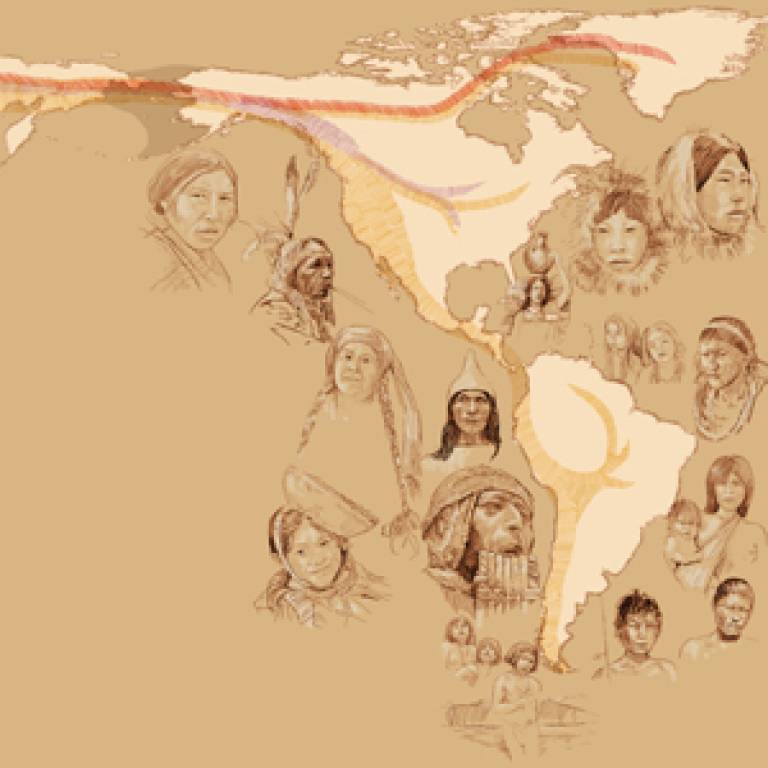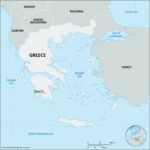Scientists have long been fascinated by the origins of Native Americans, and recent genetic research has provided compelling answers, revealing a complex history of migration and settlement across the Americas. A groundbreaking study has determined that Indigenous populations spanning from Canada to the southern tip of Chile are primarily descended from at least three distinct migration waves, with the vast majority originating from a single group of pioneering migrants known as the First Americans who journeyed to the continent over 15,000 years ago.
 DNA study revealing origins of Native Americans
DNA study revealing origins of Native Americans
The Beringia Land Bridge and the First Migration
The prevailing theory, now reinforced by robust genetic evidence, pinpoints Beringia, a land bridge that once connected Asia and North America during the Ice Age, as the gateway for the First Americans. This landmass, exposed due to lower sea levels, served as a crucial corridor for human migration from Siberia into the Americas. These intrepid First Americans, originating from a single ancestral population in Asia, embarked on a remarkable journey across Beringia, marking the initial peopling of the Americas.
This conclusion is the result of an extensive international collaboration, where researchers meticulously analyzed the DNA of 52 Native American groups and 17 Siberian populations. By examining over 300,000 specific DNA sequence variations, known as Single Nucleotide Polymorphisms (SNPs), scientists were able to map patterns of genetic similarities and differences across these populations. This comprehensive genetic survey has provided the most detailed picture to date of Native American ancestry and origins.
Multiple Waves of Migration: Beyond the First Americans
While the study confirms that the majority of Native American populations trace their ancestry back to this initial migration, it also uncovered evidence of at least two subsequent migrations from Asia that contributed to the genetic diversity of certain groups. These later migrations, however, had a more localized impact, primarily influencing Arctic populations speaking Eskimo-Aleut languages and the Canadian Chipewyan who speak Na-Dene languages.
Intriguingly, even these populations, influenced by later migrations, predominantly inherit their genetic makeup from the First American migration. Eskimo-Aleut speakers, for example, derive more than 50% of their DNA from the First Americans, while the Chipewyan inherit approximately 90%. This genetic signature indicates that these later migrating groups from Asia encountered and mixed with the already established First American populations in North America, contributing to a more nuanced genetic landscape.
Tracing the Path Southward and Population Divergence
Once in the Americas, the First Americans and their descendants embarked on a rapid expansion southward, primarily following a coastal route. As populations dispersed and moved further south, groups branched off, leading to genetic divergence. Remarkably, the study revealed limited gene flow between these newly formed Native American groups, particularly in South America, suggesting a period of relative isolation after the initial population splits.
However, the research also illuminated two notable exceptions to this general pattern of dispersal and isolation. Firstly, the Chibchan-speaking populations of Central America exhibit genetic links to both North and South America. This unique genetic signature suggests a back-migration from South America into Central America, resulting in a genetic blend from two geographically distant Native American ancestral strands.
Secondly, the Naukan and coastal Chukchi populations of northeastern Siberia were found to carry “First American” DNA. This discovery indicates a fascinating reverse migration, where Eskimo-Aleut speakers, descendants of groups who migrated to the Americas, subsequently migrated back into Asia, carrying Native American genes back to Siberia.
Overcoming Challenges in Studying Native American DNA
Researching Native American populations presents significant technical hurdles due to the extensive genetic mixing that occurred following European and African immigration to the Americas after 1492. Centuries of intermingling have resulted in a complex genetic tapestry, making it challenging to isolate and study the pre-Columbian genetic heritage of Native Americans.
To address this complexity, the research team developed innovative methods to “peel back” the layers of genetic mixture. These advanced techniques allowed them to focus specifically on the sections of the genome that were exclusively of Native American origin. By effectively filtering out European and African genetic contributions, scientists were able to gain a clearer and more accurate understanding of the genetic relationships and historical migrations within Native American populations before the arrival of Europeans.
Conclusion: A Rich Tapestry of Migrations
This comprehensive genetic study definitively reinforces the understanding that Native Americans did not originate from a single, monolithic migration. Instead, their origins are rooted in a more intricate history involving at least three significant waves of migration from Asia. While the First Americans, crossing Beringia over 15,000 years ago, represent the primary ancestral group for the vast majority of Indigenous populations across the Americas, subsequent migrations added further layers of genetic diversity, particularly in specific regions of North America and the Arctic.
These findings not only enrich our understanding of the origins of Native Americans but also illuminate the broader patterns of human dispersal and migration across the globe. By continuing to unravel the genetic history of Indigenous populations, we gain deeper insights into the complex and fascinating story of human migration and the peopling of the Americas.

